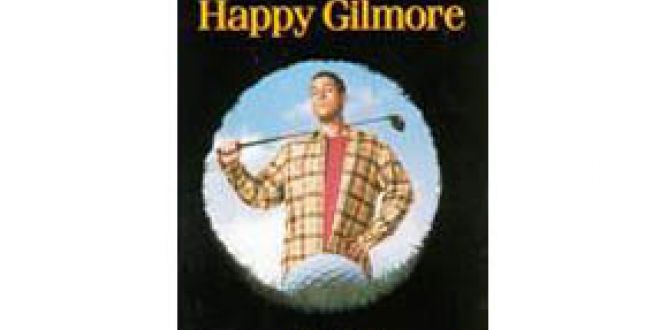Happy Gilmore Parent Guide
Parent Movie Review
Adam Sandler’s latest contribution to cinema history is a pathetic attempt to create comedy through the easy task of being a jerk for ninety minutes. Sandler plays Happy Gilmore, a young man who is determined to become a hockey player, but has just a couple of problems to overcome: slow skating and a fast temper. Unable to find a hockey club willing to touch him with a ten-foot stick, his grandmother breaks the news to him that her house is being repossessed due to unpaid taxes. At this point, Gilmore vows to earn the money so his destitute mother can have her home back.
Fortunately, Gilmore discovers he has a talent for hitting a golf ball longer than he can cuss in one breath. As he hobs with the snobs of the golfing society, his frustration has the potential of delivering some great humor, but instead the laughs are held hostage by continual unnecessary obscene language—an ongoing flaw of this movie.
When he isn’t cursing, Gilmore uses the strength in his arms to swing at more people than golf balls, as he resorts to violence to solve any conflict. Even Bob Barker makes a disgusting guest appearance as one of Gilmore’s golf partners. Taunted by a spectator and unable to get the ball in the hole, Gilmore explodes when Barker complains about his game and the two of them start punching each other out in between obscenities.
Happy Gilmore is a movie that teaches one thing to children: be a jerk and you will win in the end. Besides not being entertaining or funny, watching an adult throw temper tantrums and never having to pay the consequences for his actions is a dangerous message for young people. I would speculate that throwing an IRS agent through a window and down a flight of stairs (which Gilmore does) may have some taxing implications. In this movie, this action is seen as being justified, and in the end, Happy’s mom gets her home. Only in the movies…
Starring Adam Sandler, Julie Bowen, Christopher McDonald. Running time: 92 minutes. Theatrical release February 16, 1996. Updated May 1, 2009
